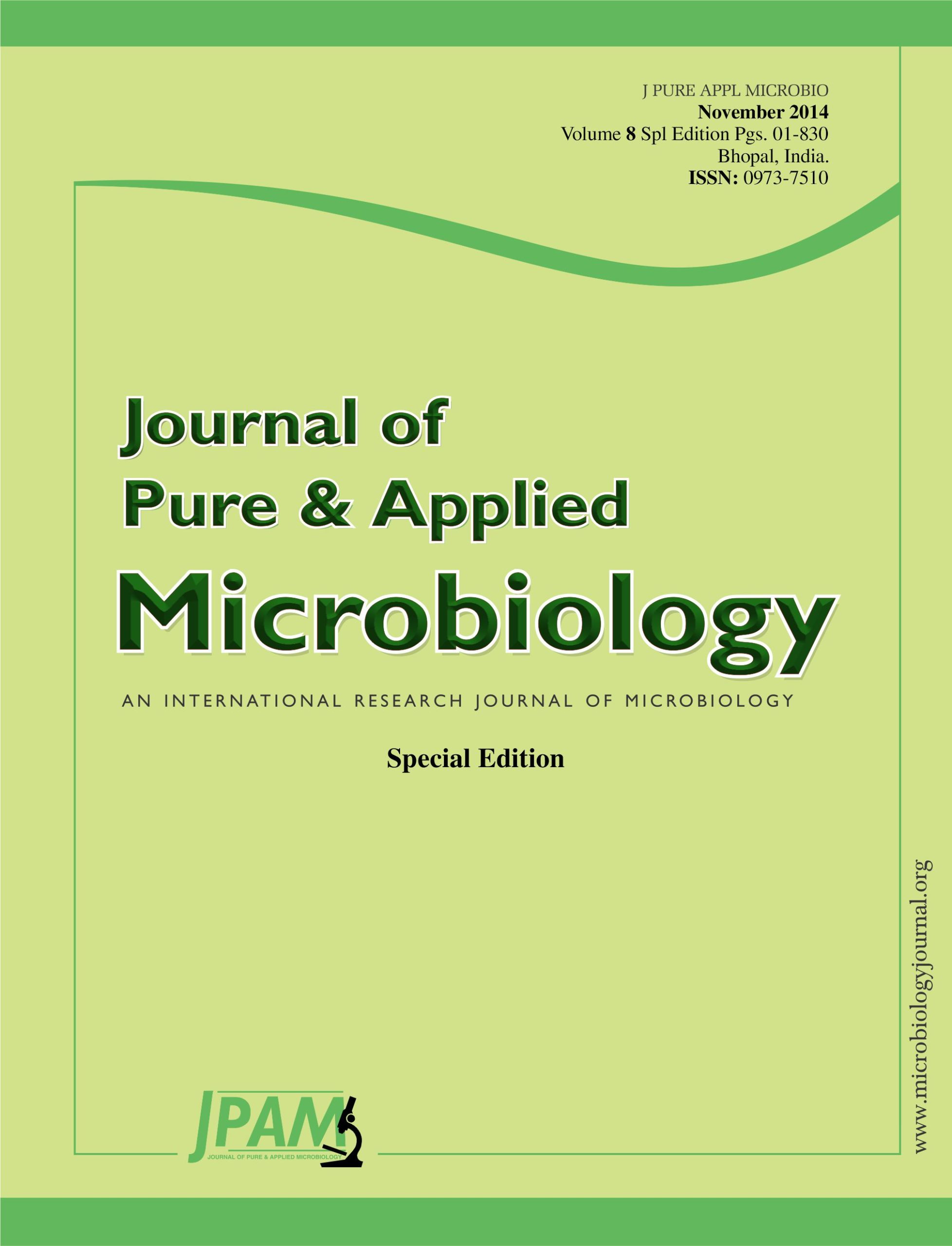This work has been performed to explore the in vitro antioxidant activities of extracts from Thymus vulgaris and Thymus fragrantissimus. The samples were respectively extracted with ethanol and water, and the antioxidant effects were employed by 2, 2-diphenyl-1-picrylhydrazyl (DPPH) assay and b-carotene bleaching experiment. It was found that the ethanol rather than water extracts possess the antioxidant profiles, with a concentration-dependent relationship. The respective antioxidant capacities decreased in the order of T. vulgaris ethanol extract > T. fragrantissimus ethanol extract > T. vulgaris water extract > T. fragrantissimus water extract. Further, the antioxidant activities of extracts from T. vulgaris were more efficient than those of T. fragrantissimus. At the concentration of 4.0 mg/mL, in the DPPH assay and b-carotene bleaching systems, the values of T. vulgaris ethanol extracts were reached to 88.97 ± 0.76% and 81.00 ± 0.41%, respectively. On the basis of the results, we conclude that T. vulgaris represents a valuable natural antioxidant source and may potentially be applicable in health food and pharmaceutical industries.
Thymus vulgaris, Thymus fragrantissimus, Ethanol extraction, Water extraction, Antioxidant activities
© The Author(s) 2014. Open Access. This article is distributed under the terms of the Creative Commons Attribution 4.0 International License which permits unrestricted use, sharing, distribution, and reproduction in any medium, provided you give appropriate credit to the original author(s) and the source, provide a link to the Creative Commons license, and indicate if changes were made.


